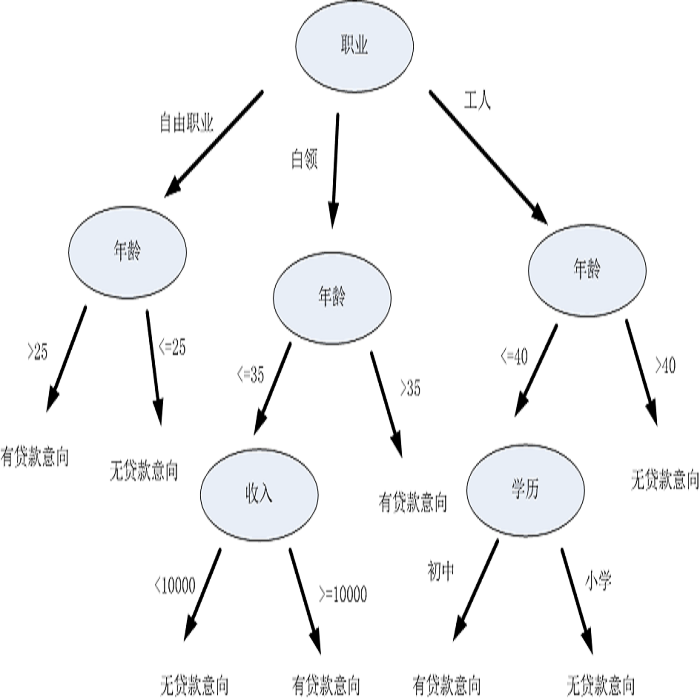Boolean function $F(x,y)$ for $x,y \in \{0,1\}^n$ is an XOR function if $F(x,y)=f(x\oplus y)$ for some function $f$ on $n$ input bits, where $\oplus$ is a bit-wise XOR. XOR functions are relevant in communication complexity, partially for allowing Fourier analytic technique. For total XOR functions it is known that deterministic communication complexity of $F$ is closely related to parity decision tree complexity of $f$. Montanaro and Osbourne (2009) observed that one-sided communication complexity $D_{cc}^{\rightarrow}(F)$ of $F$ is exactly equal to nonadaptive parity decision tree complexity $NADT^{\oplus}(f)$ of $f$. Hatami et al. (2018) showed that unrestricted communication complexity of $F$ is polynomially related to parity decision tree complexity of $f$. We initiate the studies of a similar connection for partial functions. We show that in case of one-sided communication complexity whether these measures are equal, depends on the number of undefined inputs of $f$. On the one hand, if $D_{cc}^{\rightarrow}(F)=t$ and $f$ is undefined on at most $O(\frac{2^{n-t}}{\sqrt{n-t}})$, then $NADT^{\oplus}(f)=t$. On the other hand, for a wide range of values of $D_{cc}^{\rightarrow}(F)$ and $NADT^{\oplus}(f)$ (from constant to $n-2$) we provide partial functions for which $D_{cc}^{\rightarrow}(F) < NADT^{\oplus}(f)$. In particular, we provide a function with an exponential gap between the two measures. Our separation results translate to the case of two-sided communication complexity as well, in particular showing that the result of Hatami et al. (2018) cannot be generalized to partial functions. Previous results for total functions heavily rely on Boolean Fourier analysis and the technique does not translate to partial functions. For the proofs of our results we build a linear algebraic framework instead. Separation results are proved through the reduction to covering codes.
翻译:暂无翻译




